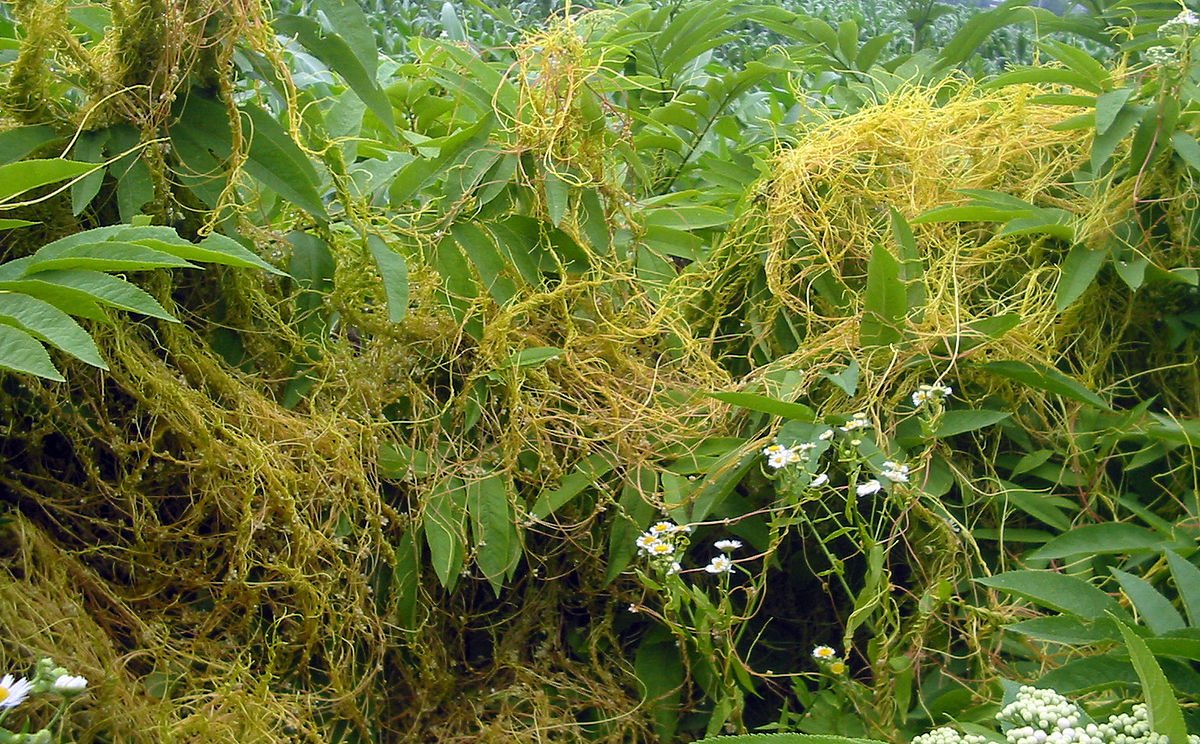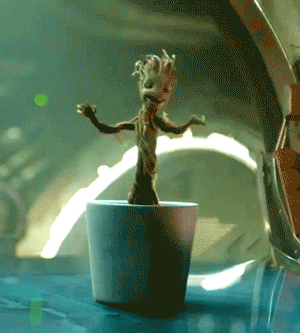Hello everyone ! Welcome to the brand new episode of Imagicnation ! A place where we will find out the answers to some of the most interesting & curious questions related to science...

Hey guys…wondering what to write on next led me to several interesting topics, one among which was the above one. So, what do YOU think…“Do plants think??” Well, let’s find it out….
In the 1960's, during the time of Cold War, CIA interrogator Cleve Baxter hooked his polygraph machine up to a house plant, for some motive. Over the course of his experiments, Baxter observed a change in electrical resistance when the plants were injured, or threatened with injury. This led to the clue that plants possess sentience, that they might even have ESP, Extra Sensory Perception.
Is there any truth to that concept? No ! Plants can’t see you, they can't hear you, and they most certainly can't read your mind. But, the senses they do possess are even more fascinating. Plants are literally fixed or rooted in a certain place. They can't run far away from hazard, or walk over to the sunnier side of the garden when they feel cold. All they can do is to adapt to what nature provides them. So, they have established special ways of sensing the world, and even communicating with each other. The first thing every plant detect is which way is up, and which is down. It's called Proprioception, the ability to sense position in space, and yeah, we too possess this ability.
So how do plants recognize the difference? Light is a logical guess but even seeds that germinate in the dark can target their shoots and roots correctly. Centuries ago, some scientists noticed that an upside-down seedling would always reorient its parts, and that plants grown on a spinning wheel would aim their roots in the direction of centrifugal force.
After that, it was clear that plants too had the ability of sensing gravity. It was none other than the well renowned biologist, Charles Darwin, who demonstrated that the gravity sensing cells lived in the tip of the root, chop them off and the plant doesn't know which way is down. Cells in the roots here actually contain minute little bead-like particles, wherever gravity pulls them, that guides the root which way to grow. Cells in the shoot possess those same gravity sensing particles, but there, they indicate the plant to grow away from gravity. All of us have seen plants bend towards light, while we walk or drive to get food, plants grow toward it. It's called Phototropism. It was Darwin again who verified plants bending to the light.

Fig: Charles Darwin (Credits)
If the tip of a seedling was removed, the plant didn't change its direction. Cells in the growth tip detected light and signal the rest of the plant how to grow in response. Plants can also measure the amount of light they get, or "Photoperiodism", which is how they maintain track of the seasons. The last light a plant perceives at night is in the far red of the spectrum, and this longer wavelength light inactivates a light-sensing molecule within the plant, that isn't reactivated until the next morning. When it's encountered by light that's a little more orange, this phytochrome cycle measures the amount of darkness there is, when this internal clock signals that the days are getting longer, plants know that it's spring, and longer nights mean autumn is on the way. Plants don't have noses, but they can sense chemical signals in the air, which isn't that different to what we do when we smell.
Did you know that ancient Egyptians used to ripen their figs by cutting open a few in every bunch?? Similarly, the farmers in Florida used kerosene lamps to ripen fruits esp. oranges, and to soften an unripe peach or avocado we keep it in a paper bag with a ripe banana. But what do all these hacks have in common? It’s "Ethylene Gas" !...Plant's ripening hormone!!

Fig: Effects of Ethylene (Credits)
It's nice for us at the local grocery store, but ethylene assists plants by synchronizing ripening, to draw in hungry seed-dispersing animals. It's also one of the signals that convey leaves that their job is done for the year.

Fig: Cuscuta (Credits)
This weird yellow plant above basically forgot how to perform photosynthesis, but it gets by, by stealing food from its neighbors. It even has a fondness for which plants it steals from. The tip of growing seedling sniffs the air in search of the smell of its desired victim, a tomato plant and ignoring all the others.

Fig: Cuscuta plant attacking tomato (Credits)
When it discovers a leaf it even knows to point down for the stem so it can drink the good stuff. Some plants use air mail to caution each other of hazard. When hungry caterpillars show up, injured leaves release some volatile chemicals, and other leaves sniff out those smells and start producing toxic compounds, so, they're less appetizing. In other plants, those airborne alarms tell the plant to give off tasty nectar, which attracts beetle-eating insects. Nearby plants can even snoop on these signals, strengthening up their defenses before they get attacked.
Our sense of touch is really numerous senses, each sensed by specific receptors on specific types of nerves, and those signals are eventually processed by the brain. Plants can sense those same stuffs, they just perform it their own way. A vine can sense when it's touching an object, and tell special cells to transform shape and coil around like a spring. That sense of touch is unbelievably sensitive, the weight of a single thread brushed along a cucumber vine is enough to start it winding.

Fig: Touch-me-not [Mimosa pudica] (Credits)
And yeah…this plant…if you touch your finger along the leaves of this plant, they'll fold up. Touch sends an electrical signal firing along the leaf, activating minute hydraulic pumps at the base of the leaflets, making the leaf go floppy. Thanks to this very shy habit, we call it the "Touch-me-not plant".
So, next time that you stop to look and smell the flowers, take a minute to consider that they might be doing the same thing…!
That’s all for today guys…
Hope you enjoyed it…
If you did, please feel free to drop your comments below…
References used :

1) https://www.scientificamerican.com/article/do-plants-think-daniel-chamovitz/
3) http://news.nationalgeographic.com/2016/02/160221-plant-science-botany-evolution-mabey-ngbooktalk/
Last five science episodes :
1) Imagicnation #06 | What's the deadliest animal of the world ??
2) Imagicnation #05 | Why Does Time Move Forward?
3) Imagicnation #04 | How Do Bees Manufacture Honey??
4) Imagicnation #03 | Bioluminescence : Nature's living light-shows !!
5) Imagicnation #02 | What Would Happen if You Were Shrunk?

